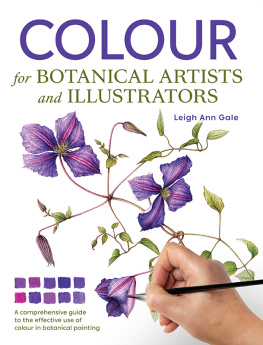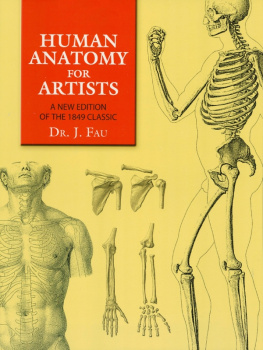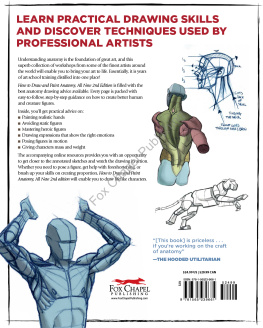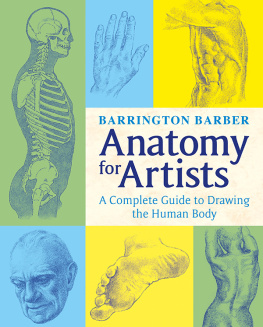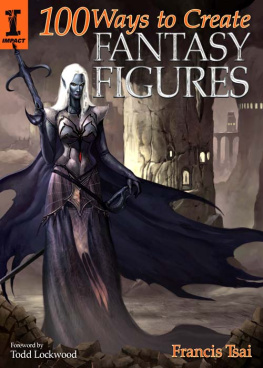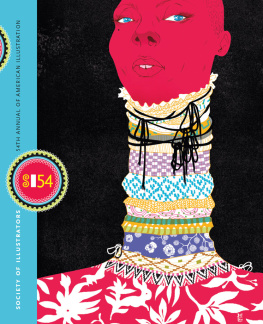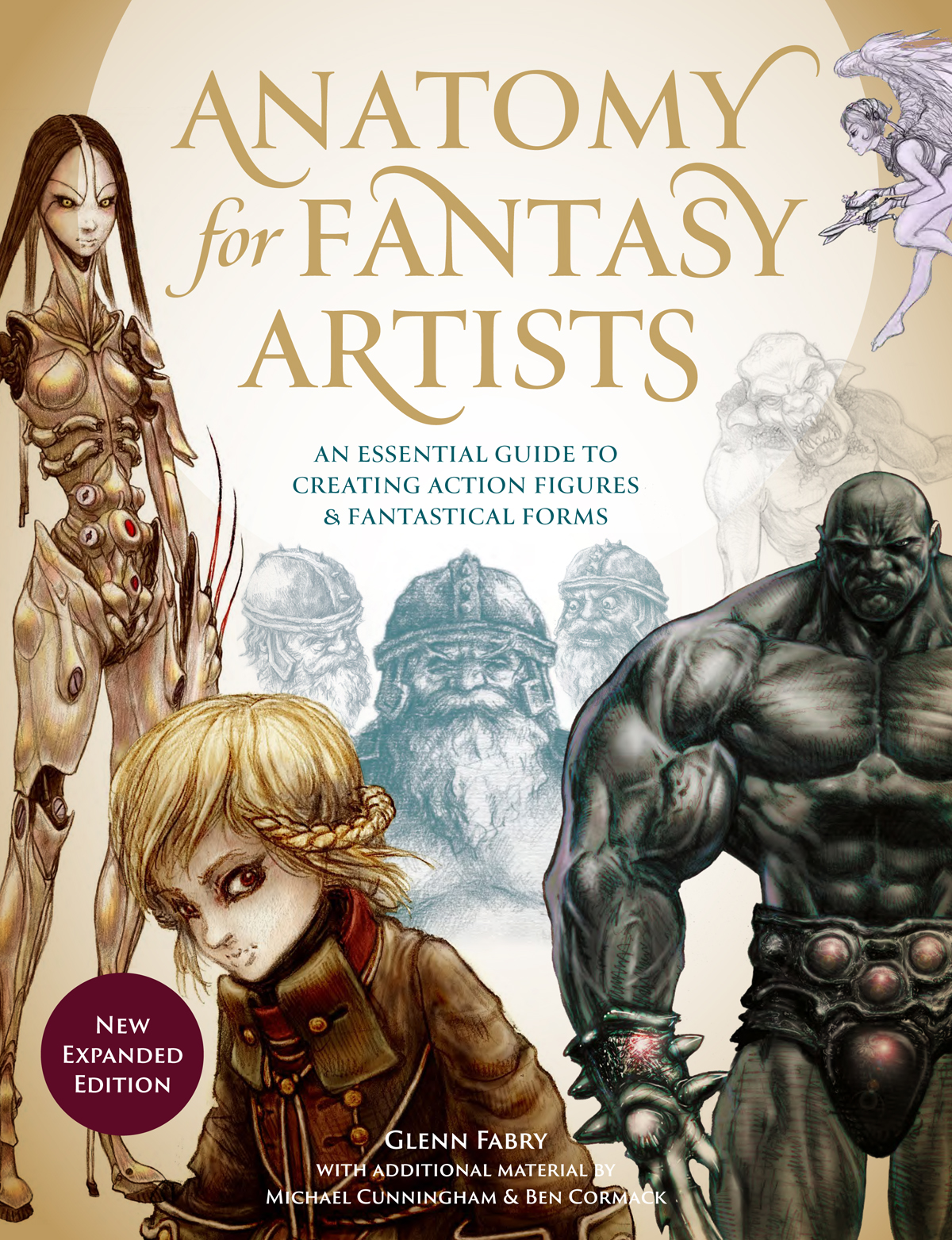Contents
Guide
Pagebreaks of the print version
ANATOMY for FANTASY ARTISTS
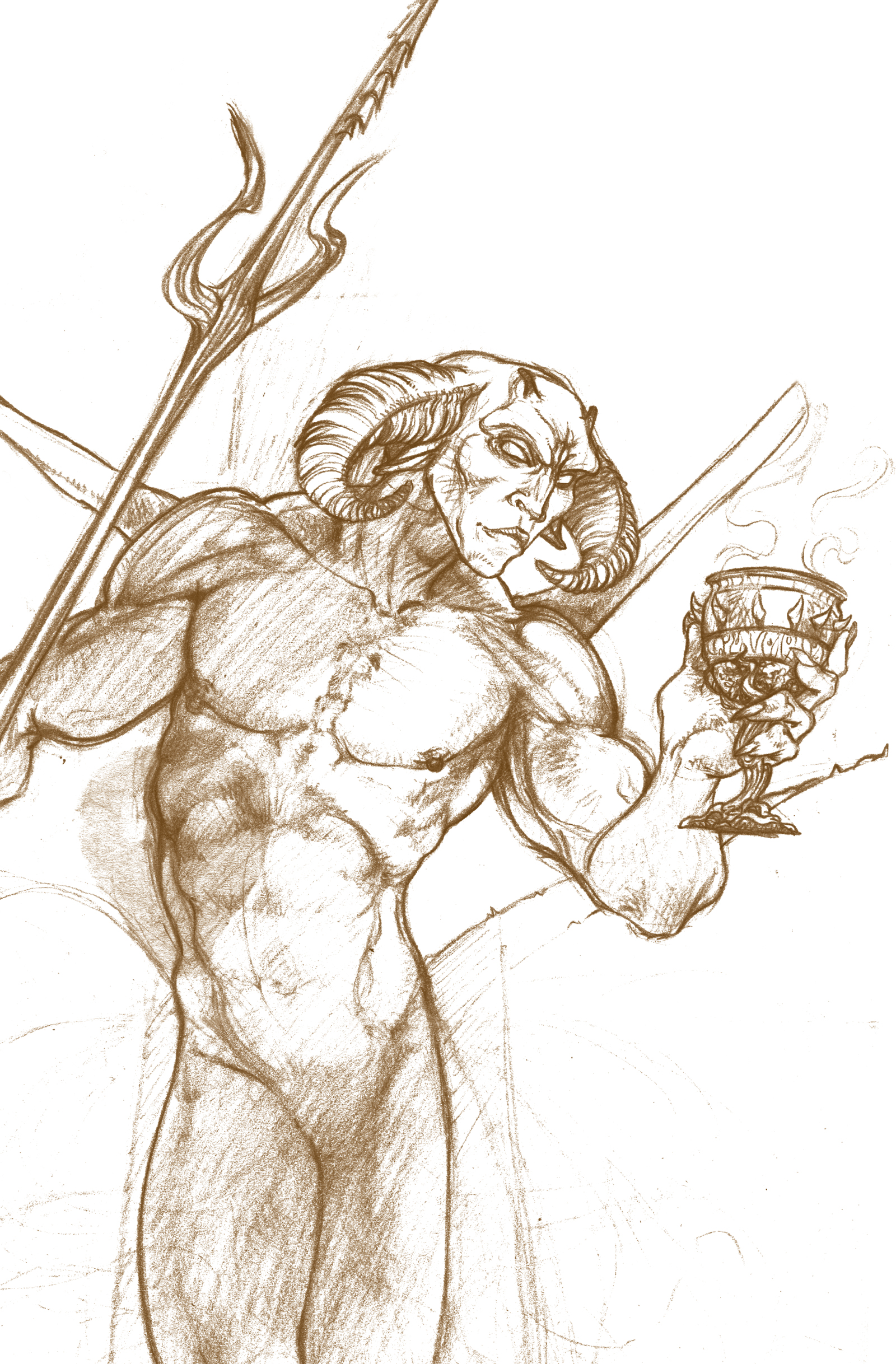
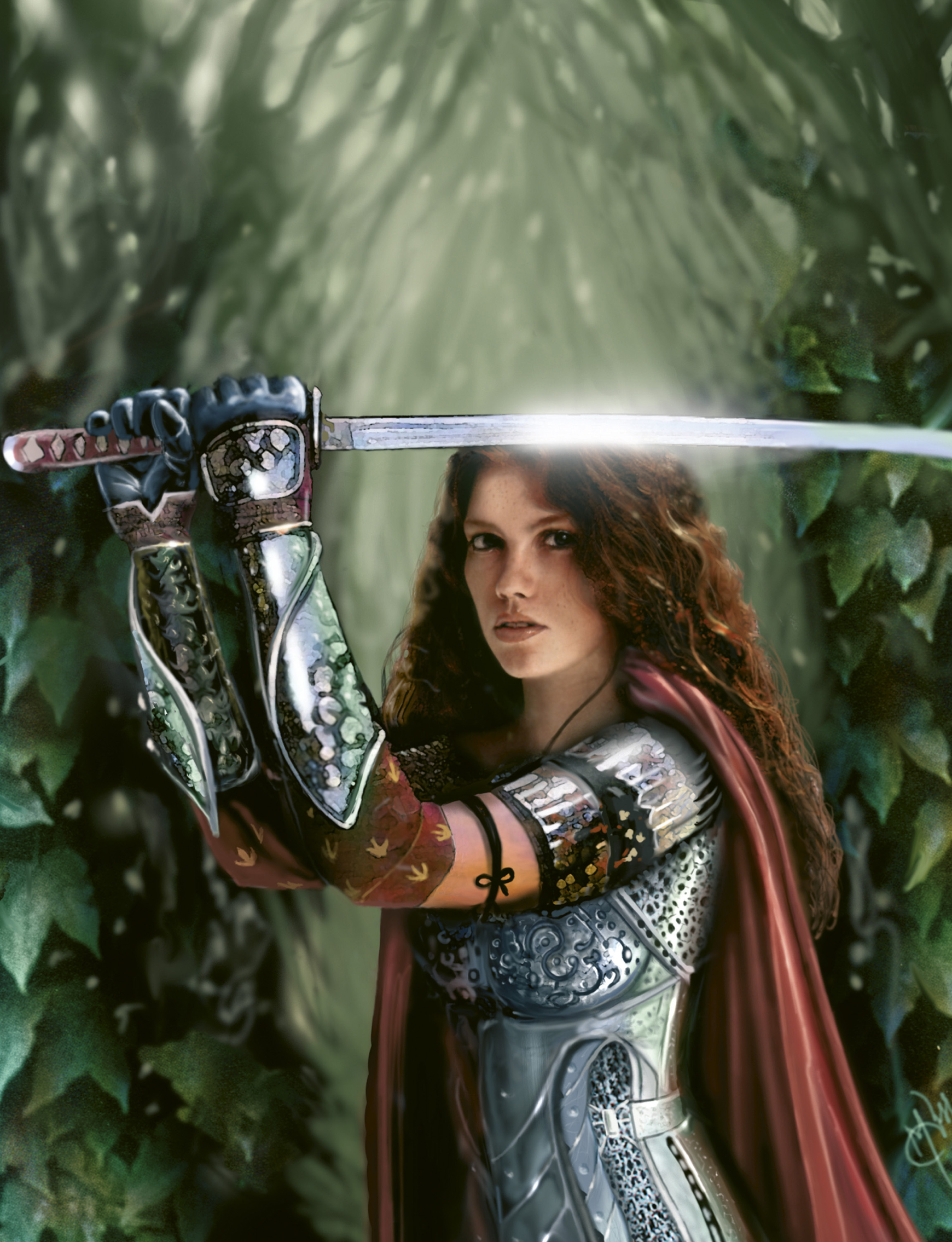
ANATOMY for FANTASY ARTISTS
AN ESSENTIAL GUIDE TO CREATING ACTION FIGURES & FANTASTICAL FORMS
BY GLENN FABRY
WITH ADDITIONAL MATERIAL BY
MICHAEL CUNNINGHAM & BEN CORMACK

www.davidandcharles.com
A DAVID AND CHARLES BOOK
David and Charles is an imprint of David and Charles, Ltd, Suite A, Tourism House, Pynes Hill, Exeter, EX2 5WS
The first edition published in the UK and USA in 2005, and the second edition published in 2013. This second edition has now been reissued with a new cover, and published in the UK and USA in 2021.
Copyright 2005, 2013 Quarto Publishing plc
This book was conceived, edited, and designed by
Quarto Publishing, an imprint of
The Quarto Group
The Old Brewery
6 Blundell Street
London N7 9BH
www.quartoknows.com
All rights reserved. No part of this publication may be reproduced in any form or by any means, electronic or mechanical, by photocopying, recording or otherwise, without prior permission in writing from the publisher.
Readers are permitted to reproduce any of the designs in this book for their personal use and without the prior permission of the publisher. However, the designs in this book are copyright and must not be reproduced for resale.
The author and publisher have made every effort to ensure that all the instructions in the book are accurate and safe, and therefore cannot accept liability for any resulting injury, damage or loss to persons or property, however it may arise. Names of manufacturers and product ranges are provided for the information of readers, with no intention to infringe copyright or trademarks.
A catalogue record for this book is available from the British Library.
ISBN-13: 9781446308967 paperback
ISBN-13: 9781446381229 EPUB
David and Charles publishes high-quality books on a wide range of subjects. For more information visitwww.davidandcharles.com.
Layout of the digital edition of this book may vary depending on reader hardware and display settings.
QUAR.AFA2
Quarto would like to thank Al Davison for the original idea that was the starting point for this book.
Project EditorSusie May
Art EditorClaire Van Rhyn, Kate Bramley
Assistant Art DirectorPenny Cobb
DesignerRoss George
EditorHazel Harrison
Assistant EditorMary Groom
Picture ResearcherClaudia Tate
PhotographerPaul Forrester and Martin Norris
ProofreaderAlison Howard
IndexerHelen Snaith
Art DirectorMoira Clinch
PublisherSamantha Warrington
Contents
Preface
fantasy artists today
When I was a kid I loved fantasy and science fiction, from superhero comics to Hammer horror, and Star Wars Episode IV to Monty Pythons Flying Circus. I wanted nothing more than to enter these other worlds, and although I felt a million miles away from them in my little bedroom near London, I had one thing that I could do; I could draw.
I went to art school in the late 1970s, where all of the comic book stuff I wanted to do was dismissed as badly-drawn escapism. But I took all I learned about the techniques of classical art and used it to produce better-drawn escapism. And for the last twenty years Ive been a freelance illustrator working mainly in the fantasy genre.
This book is intended to show you how to apply the patina of reality to the depiction of fantasy archetypes, specifically in terms of understanding anatomy and dynamics, and so create informed daydreams. Reference is important, but you cant be confined by this when creating the picture you wantyou need to be able to use your imagination so you can twist and turn your characters to your own ends. This is where the fantasy begins.
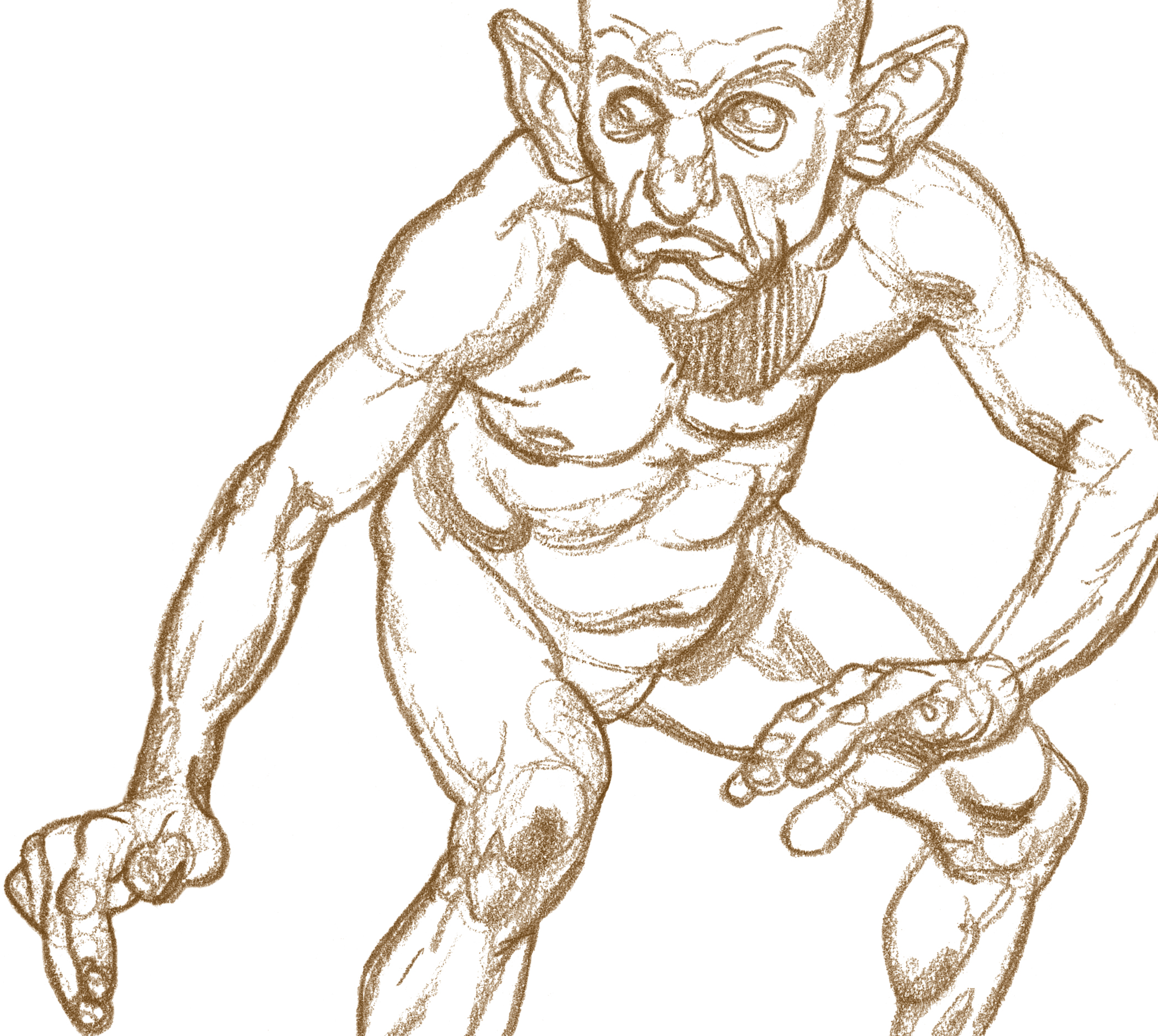
Drawingstyles
The power and effectiveness of your illustrations will be partly dictated by your abilityany picture has the potential to be the best picture youre able to drawand partly by the environmental factors, such as the books and magazines you read, that have influenced you to pick up a pencil in the first place.
There are a few laws in fantasy artit needs to be bold, exaggerated, and larger-than-life, or it just wouldnt be fantasy artbut apart from that, originality and innovation play a big part in producing work that is attention-grabbing and fresh.
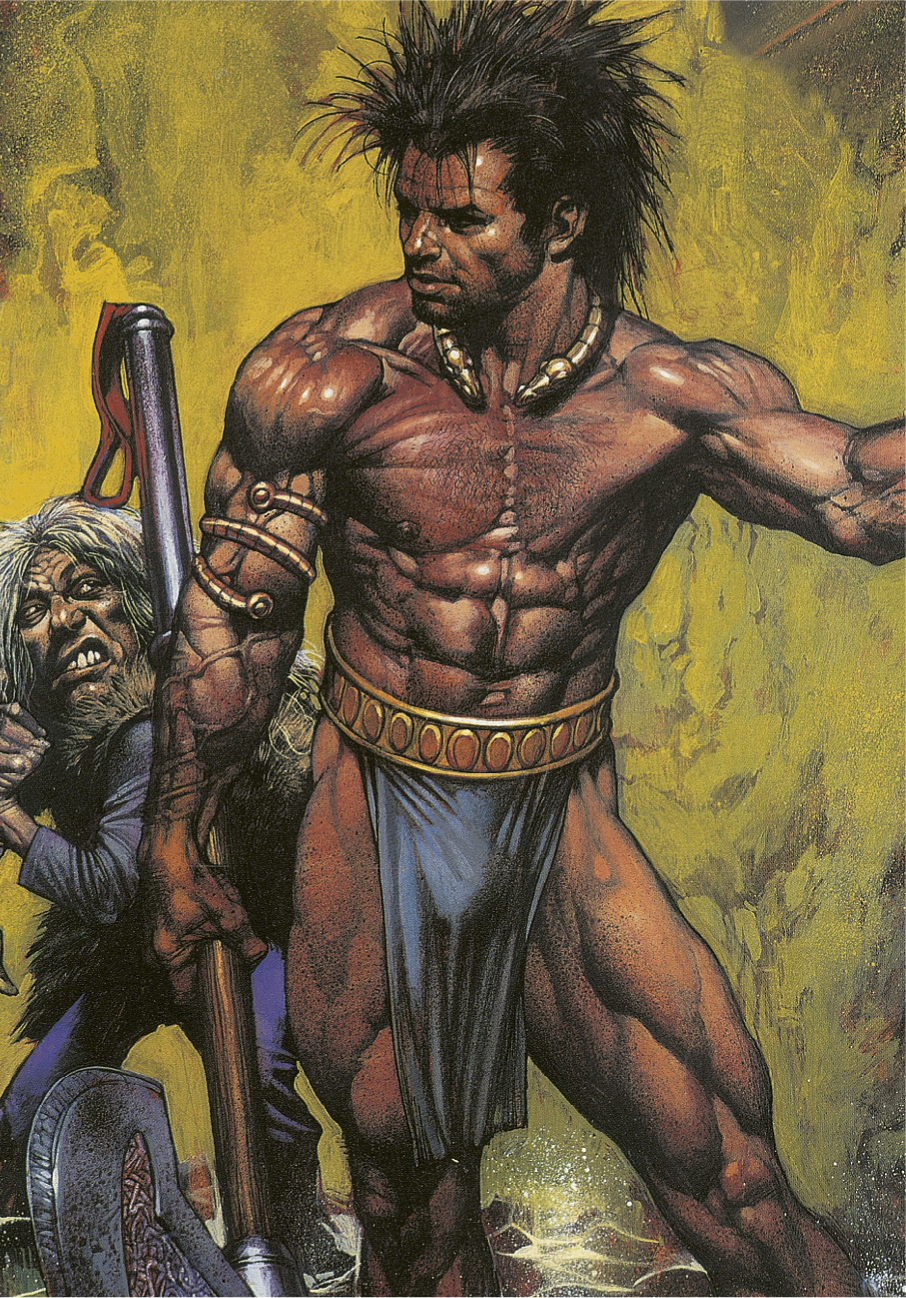
Celtic hero
Glenn Fabry
This heros rippling musculature and confident poise, especially in contrast to his sidekicks cowering, confirm his prowess as a warrior. His Celtic adornments and the strange way in which the light plays on the water in which hes standing suggest that he also operates in a dimension beyond the purely physical.
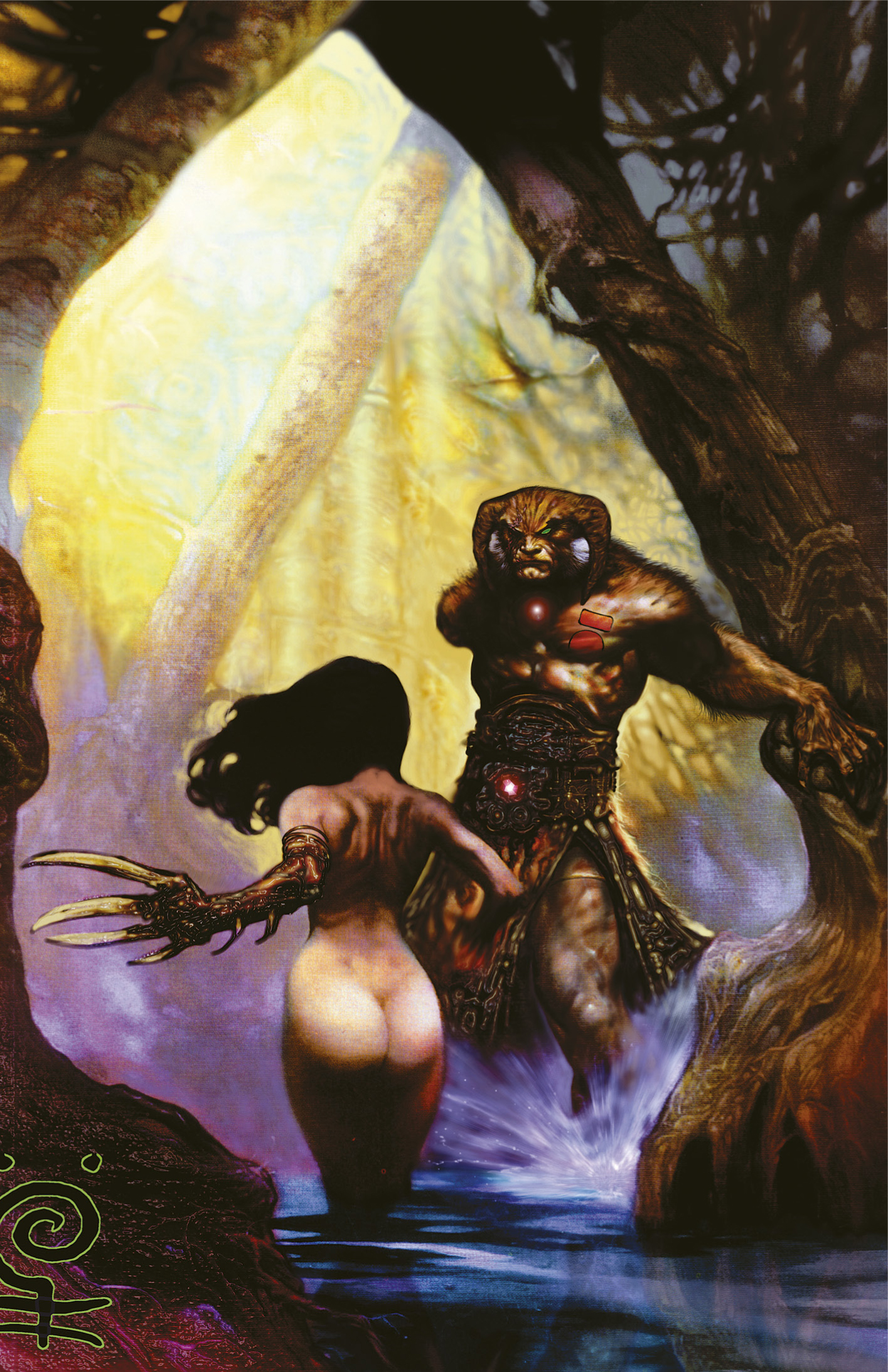
Voluptuous and womanly
Liam Sharp
The heavily muscled, grim-featured creature in the background looks menacing, yet cautious as he looks upon his female opponent, whose bunched back muscles and grotesque clawed arm reveal she is no helpless girl. She is ready to do battle, and the beast looking upon her knows it.
So how do you go about developing a style? Well, the first thing to do is to work out your strengths. The chances are your strengths are similar to the styles youve been inspired to try to emulate anyway. Once youve done this you can experiment with other styles and just add your own personal touches. When you get more competent at drawing you can branch out and broaden your style. The sorts of styles you should try to follow are the ones that especially appeal to you.
high fantasy
Think big when working in this subgenre. Everything should be as exaggerated as possible, from the hero


